frost tolerant tomatoes
markmahlum
14 years ago
Featured Answer
Comments (7)
Mokinu
7 years agolast modified: 7 years agoRelated Professionals
Beavercreek Landscape Architects & Landscape Designers · Williamsburg Landscape Contractors · Edmond Landscape Contractors · Maple Valley Landscape Contractors · Beverly Hills Landscape Contractors · Burien Landscape Contractors · Edwardsville Landscape Contractors · El Sobrante Landscape Contractors · Fort Mill Landscape Contractors · Overland Park Landscape Contractors · Wareham Landscape Contractors · Camp Springs Landscape Contractors · Fort Lee Solar Energy Systems · Greenville Solar Energy Systems · Mill Valley Solar Energy Systemsdigit (ID/WA, border)
7 years agoMokinu
7 years agolast modified: 7 years agoMokinu
7 years agolast modified: 7 years agokeen101 (5b, Northern, Colorado)
7 years agoMokinu
7 years agolast modified: 7 years ago
Related Stories

EDIBLE GARDENSSummer Crops: How to Grow Tomatoes
Plant tomato seedlings in spring for one of the best tastes of summer, fresh from your backyard
Full Story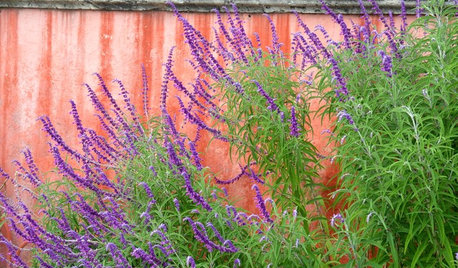
GARDENING GUIDES10 Plants for Colorful Fall Blooms in the Drought-Tolerant Garden
Want fall color but not a big water bill? Consider these not-too-thirsty fall bloomers
Full Story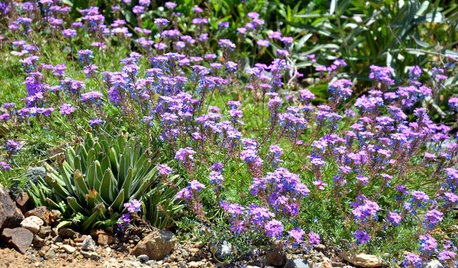
FLOWERS AND PLANTSGlandularia Pulchella Trails Color Through the Drought-Tolerant Garden
Masses of purple blossoms and finely textured foliage cover the ground of arid gardens from spring to fall
Full Story
GARDENING GUIDES10 Drought-Tolerant Shrubs That Thrive in Full Sun and Reflected Heat
Got a hot spot in your garden where plants often die? Try these tough shrubs that add beauty while shrugging off the heat
Full Story
GARDENING GUIDESGot Frost-Damaged Plants? How It Happens, and When and How to Prune
Crispy brown leaves are a sure sign that Jack Frost has been to your neighborhood
Full Story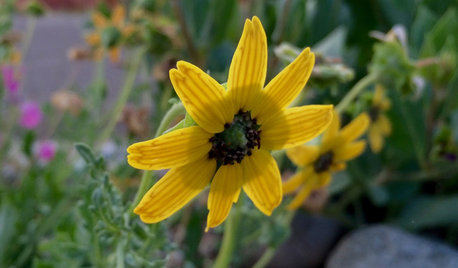
FLOWERS AND PLANTSFlowers of ‘Berlandiera Lyrata’ Surprise With a Subtle Chocolate Scent
This heat- and drought-tolerant Southern Plains native offers up daisy-like yellow blooms from spring to first frost
Full Story
GARDENING GUIDESCalifornia Gardener's June Checklist
Update your hydrangeas, catch up on tomatoes and more ways to enjoy your California garden in June
Full Story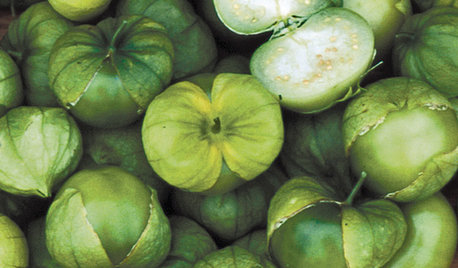
SUMMER FRUITS AND VEGETABLESSummer Crops: How to Grow Tomatillos
Grow this Mexican native for the freshest salsa verde — and for fewer problems than its tomato cousins
Full Story0
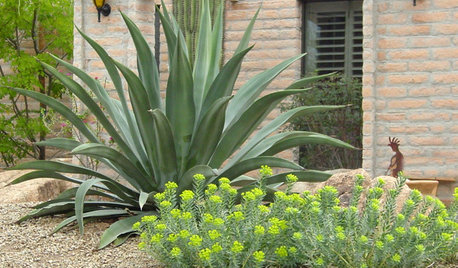
GARDENING GUIDESSouthwest Gardener's September Checklist
Cool weather's coming, so prep for the first frost, swap out plants and get bulbs for spring in the ground now
Full Story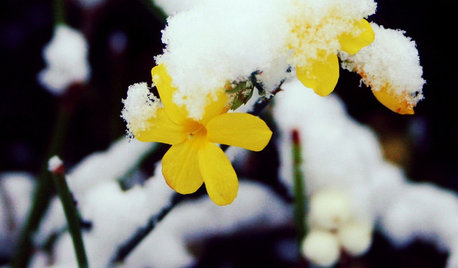
YELLOW FLOWERSGreat Design Plant: Winter Jasmine Gladdens Snowy Gardens
Sunny yellow flowers defy the frost, bringing cheer to the garden on gray days
Full StoryMore Discussions








digit